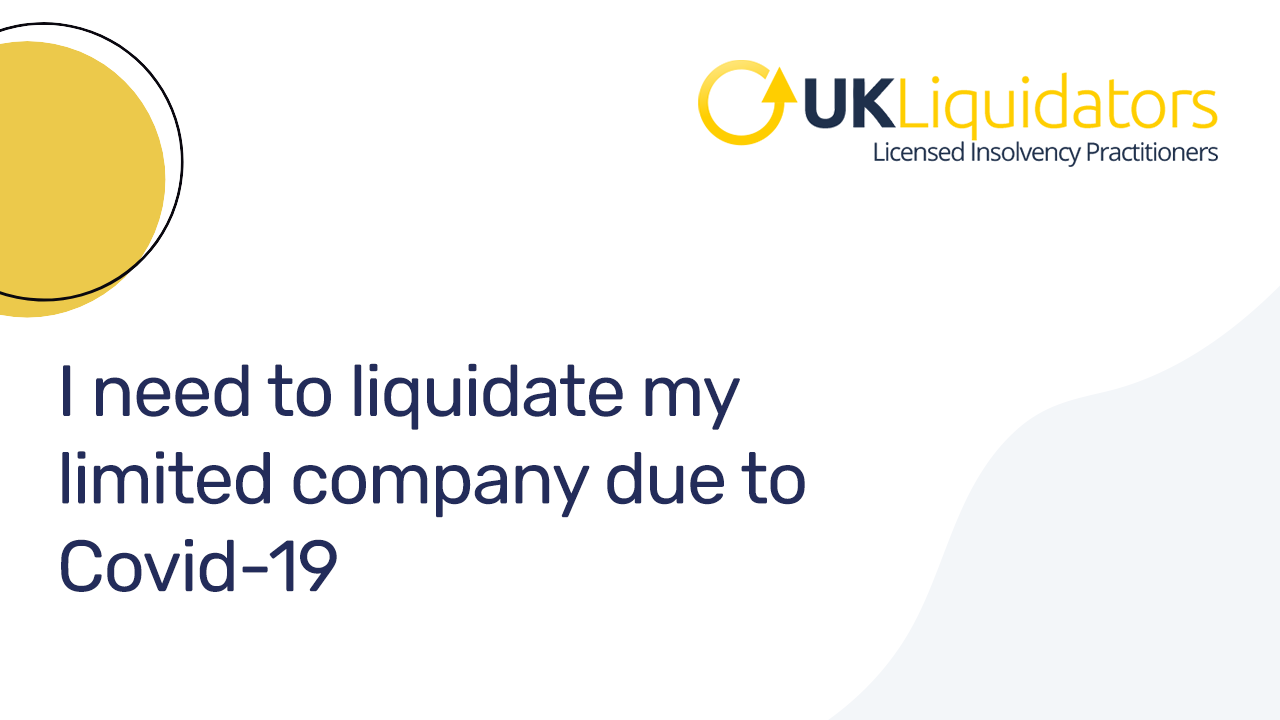Our Insolvency Practitioner Diaries
Our Insolvency Practitioner Diaries
Blog Article
What Does Insolvency Practitioner Mean?
Table of ContentsGetting My Insolvency Practitioner To WorkThe Only Guide for Insolvency PractitionerWhat Does Insolvency Practitioner Mean?Facts About Insolvency Practitioner UncoveredFacts About Insolvency Practitioner UncoveredGet This Report about Insolvency PractitionerThe Basic Principles Of Insolvency Practitioner
Insurance is monitored and managed by state insurance policy departments, and one of their key purposes is safeguarding insurance policy holders from the risk of a firm in monetary distress. When a company enters a duration of financial trouble and is not able to meet its commitments, the insurance policy commissioner in the business's home state launches a processdictated by the legislations of the statewhereby efforts are made to help the business regain its monetary footing.If it is established that the business can not be refurbished, the firm is declared insolvent, and the commissioner will certainly ask the state court to order the liquidation of the business. [Back] The insurance commissioner, either assigned by the governor or chosen, heads the state insurance division and monitors and controls insurance policy activity within the state.
By getting control of a firm, the commissioner (or the insurance department) is, by legislation, the rehabilitator or liquidator of the business. In this ability, the commissioner or division takes control of the company's operations. Insolvency Practitioner. Rather than do so directly, the commissioner may keep a special deputy receiver to oversee the business's tasks.
Some Known Questions About Insolvency Practitioner.
The receiver oversees an accountancy of the company's possessions and responsibilities and provides the estate of the firm. In doing so, the receiver looks for to make best use of the company's possessions, move them to cash money, and then disperse that cash money to creditors having valid insurance claims versus the insurer according to settlement top priorities specified by state legislation (in all states, policyholders are priority plaintiffs whose claims are paid prior to those of general creditors).
All insurance provider (with restricted exemptions) accredited to market life or medical insurance or annuities in a state need to be participants of that state's warranty organization. The warranty organization accepts the commissioner and the receiver in pre-liquidation preparation. Insolvency Practitioner. As soon as the liquidation is ordered, the guaranty organization provides coverage to the firm's policyholders who are state residents (up to the levels defined by state lawssee listed below; any kind of advantage amounts over the warranty asociation advantage levels become claims against the firm's continuing to be properties)

Some Ideas on Insolvency Practitioner You Need To Know
Second, insurance providers doing business in that state are analyzed a share of the amount called for to satisfy the portion of the guaranty more information organizations' covered cases not otherwise moneyed with estate possessions. The quantity insurance providers are assessed is based on the amount of costs that they gather in that state. The National Company of Life and Health Insurance Coverage Guaranty Associations (NOLHGA) is made up of the life and wellness insurance guaranty organizations of all 50 states and the Area of Columbia.
NOLHGA develops a task pressure of depictive guaranty organizations to collaborate with the insurance policy commissioner to develop a plan to shield policyholders. To find out more on NOLHGA's role in the procedure, see "What Is NOLHGA?" and "The Safety And Security Net at the workplace." [Back]
You are here: Insolvency is when a business or individual can not pay debts when they are due. There are several choices offered to a bankrupt firm or individual: ASIC regulates companies, it does not handle personal insolvency procedures. For additional information regarding insolvency and individual bankruptcy contracts, see the Australian Financial Protection Authority website.
Things about Insolvency Practitioner
Predictive protection by aiding you pick the ideal clients and the best markets to avoid uncollectable loan to begin with, many thanks to intense monetary analysis. Comprehensive market intelligence, offering you with 360-degree presence on service industries and putting in jeopardy difficulties. It would certainly be a simplification to believe a trade credit rating insurance starts and ends with costs and pay-outs.
This can happen for a variety of reasons, consisting of bad economic administration, unexpected expenses, or a change out there. If a company is bankrupt, it may be compelled to fold or liquidate assets to pay lenders. This can have a major effect on the company, staff members, and shareholders.
Why does a company enter into bankruptcy? There are a number of reasons why a business might get in right into insolvency.
The Ultimate Guide To Insolvency Practitioner
Other factors for bankruptcy consist of fraud, mismanagement, and unexpected prices. Bankruptcy can likewise lead to task losses and the closure of companies.
The business might be required to sell properties, lay off personnel or also close down. Creditors may be left out of pocket and the company's investors might see their investment disappear (Insolvency Practitioner).
Not known Facts About Insolvency Practitioner
This can take place for a number of reasons, consisting of inadequate financial administration, unanticipated costs, or a modification in the marketplace. If a firm view it is insolvent, it may be required to fold or sell assets to pay creditors. This can have a significant effect on the company, staff members, and investors.

Various other factors for bankruptcy consist of scams, mismanagement, and unexpected prices. Bankruptcy can additionally lead to task losses and the closure of businesses.
The Ultimate Guide To Insolvency Practitioner
This can have serious ramifications for the firm, its stakeholders, financial institutions and the economy. The business may be required to market properties, gave up staff and even fold. This can have a knock-on impact on the regional neighborhood and the economy in its entirety. Creditors may be overlooked of pocket and the business's you can try this out investors may see their financial investment vanish.
Report this page